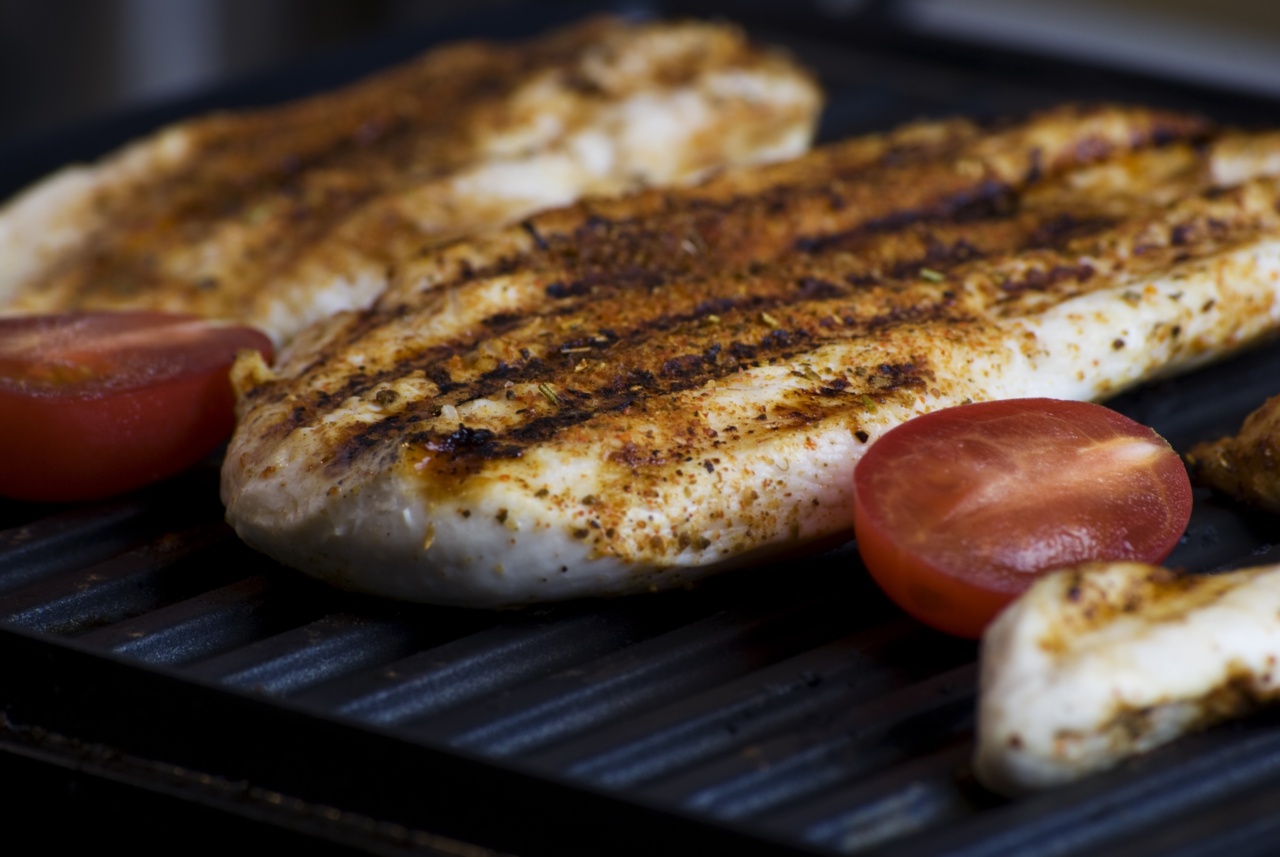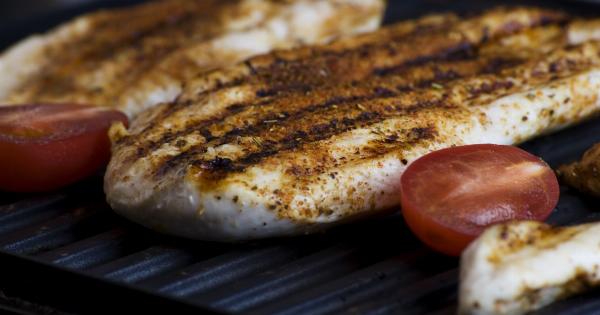Introduction
When it comes to preparing chicken and fish, there is a lot to consider. From marinades to cooking methods, each step can impact the final outcome of your dish.
However, it is important to be aware of potential health risks, such as cooking carcinogens, that may be associated with cooking these meats. In this article, we will explore what you need to know about preparing chicken and fish, focusing on the potential risks and best practices to minimize them.
What are Carcinogens?
Carcinogens are substances or agents that have the potential to cause cancer in living tissue. They can be found in various forms, such as chemicals, radiation, or certain types of viruses.
While some carcinogens are naturally occurring, others are introduced through human activities, including food preparation and cooking methods.
Carcinogens in Chicken
Chicken is a popular protein choice for many individuals, but there are some potential risks associated with its preparation.
One such risk is the formation of heterocyclic amines (HCAs) when cooking chicken at high temperatures, such as grilling or broiling. HCAs are formed when amino acids, sugars, and creatine react at high temperatures.
Another potential carcinogen associated with chicken is polycyclic aromatic hydrocarbons (PAHs). These compounds can form when fat from chicken drips onto an open flame or hot surface, causing smoke or flare-ups.
PAHs can then adhere to the chicken’s surface and potentially increase the risk of cancer when consumed.
Reducing Carcinogens in Chicken
Despite the potential risks, there are several steps you can take to minimize the formation of carcinogens when cooking chicken:.
1. Marinate the chicken
Marinating chicken before cooking can help reduce the formation of HCAs.
Ingredients commonly found in marinades, such as acidic liquids (lemon juice, vinegar) or herbs (rosemary, thyme), have been shown to have a protective effect against the formation of carcinogens.
2. Precook the chicken
Partially precooking chicken before grilling or broiling can reduce the time it spends at high temperatures. This can help minimize the formation of HCAs and PAHs.
Precooking options include baking or microwaving the chicken before transferring it to the grill or broiler.
3. Cook at lower temperatures
Cooking chicken at lower temperatures, such as baking or roasting, can be a healthier alternative. While these methods may take longer, they reduce the risk of excessive charring or burning, which can lead to the formation of carcinogens.
4. Trim excess fat
Trimming excess fat from chicken before cooking not only reduces the overall fat content but also helps minimize the potential for flare-ups and the formation of PAHs.
5. Avoid direct contact with flames
When grilling chicken, it is best to avoid direct contact with flames. Flames can lead to charring, which can increase the formation of HCAs and PAHs. Consider using indirect grilling methods or a drip pan to catch fat drippings.
Carcinogens in Fish
Similar to chicken, the preparation and cooking of fish can also introduce potential carcinogens. One such group of chemicals is called polychlorinated biphenyls (PCBs).
PCBs are a class of man-made chemicals that were commonly used in commercial and industrial applications. They can accumulate in the fatty tissues of certain fish and may pose health risks if consumed regularly.
Another concern with fish is the formation of acrolein when cooking fish at high temperatures. Acrolein is a toxic chemical compound that can form during the cooking process and has been linked to oxidative stress and inflammation in the body.
Reducing Carcinogens in Fish
Here are some steps to help minimize the presence of carcinogens when preparing fish:.
1. Choose fish with low levels of contaminants
Not all fish have the same levels of contaminants, such as PCBs. Some species, such as wild-caught salmon, have been shown to have lower levels compared to others. Research the fish species you plan to consume to ensure it has low levels of contaminants.
2. Opt for cooking methods that retain moisture
Cooking methods that retain moisture, such as steaming or poaching, can be healthier options when it comes to preparing fish. These methods help retain the natural oils and nutrients in the fish and reduce the potential formation of acrolein.
3. Avoid high-temperature cooking
Cooking fish at lower temperatures, such as baking or broiling, can help minimize the formation of acrolein. Avoid cooking fish at excessively high temperatures, which can increase the production of this harmful compound.
4. Remove skin and fatty portions
Since some contaminants, such as PCBs, tend to accumulate in the fatty tissues of fish, it is advisable to remove the skin and fatty portions before cooking. This can help reduce the overall exposure to these potential carcinogens.
5. Practice moderation
As with any food, moderation is key. While fish can be a valuable source of omega-3 fatty acids and other essential nutrients, it is important not to overconsume.
Variety is important, so try to include a diverse range of fish species in your diet to reduce exposure to any single contaminant.
Conclusion
When it comes to preparing chicken and fish, being aware of potential carcinogens is essential.
By adopting healthier cooking practices and making informed choices about the types of chicken and fish we consume, we can reduce our exposure to these harmful substances. Remember to marinate, precook, and cook at lower temperatures when preparing chicken, and choose fish species with low levels of contaminants while opting for cooking methods that retain moisture.
Awareness and informed decisions are the first steps towards a healthier and more enjoyable culinary experience.






























